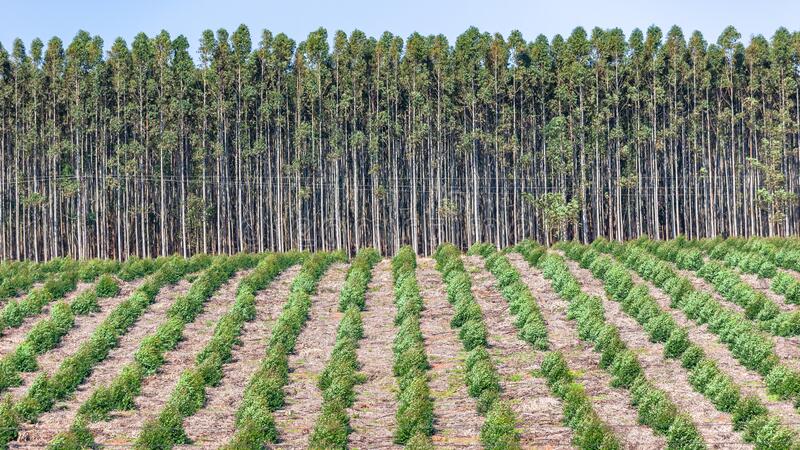Course Overview
Introduction
This module describes the skills and knowledge required to establish a forest plantation in the conditions of Rwanda. The module will allow the learner to: Prepare a forest plantation site; Avail of material, tools, and equipment Apply pre-planting treatments, and Apply forest transplanting operations.

(Source Internet)
Upon completion of this module, the trainee will be able to:
- Prepare for tree seedlings planting operations
- Prepare the site for tree seedlings planting
- Carry out tree seedlings planting and post planting operations
